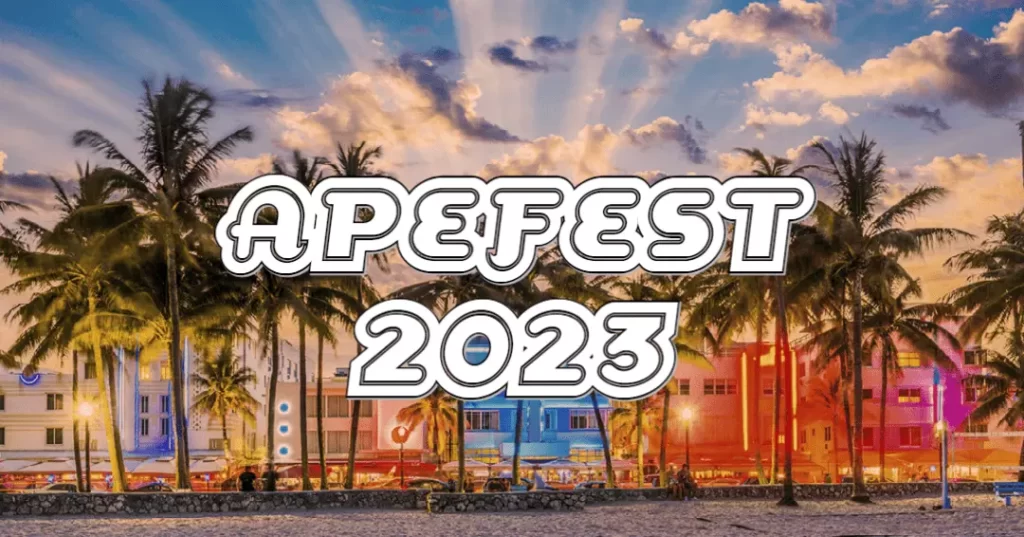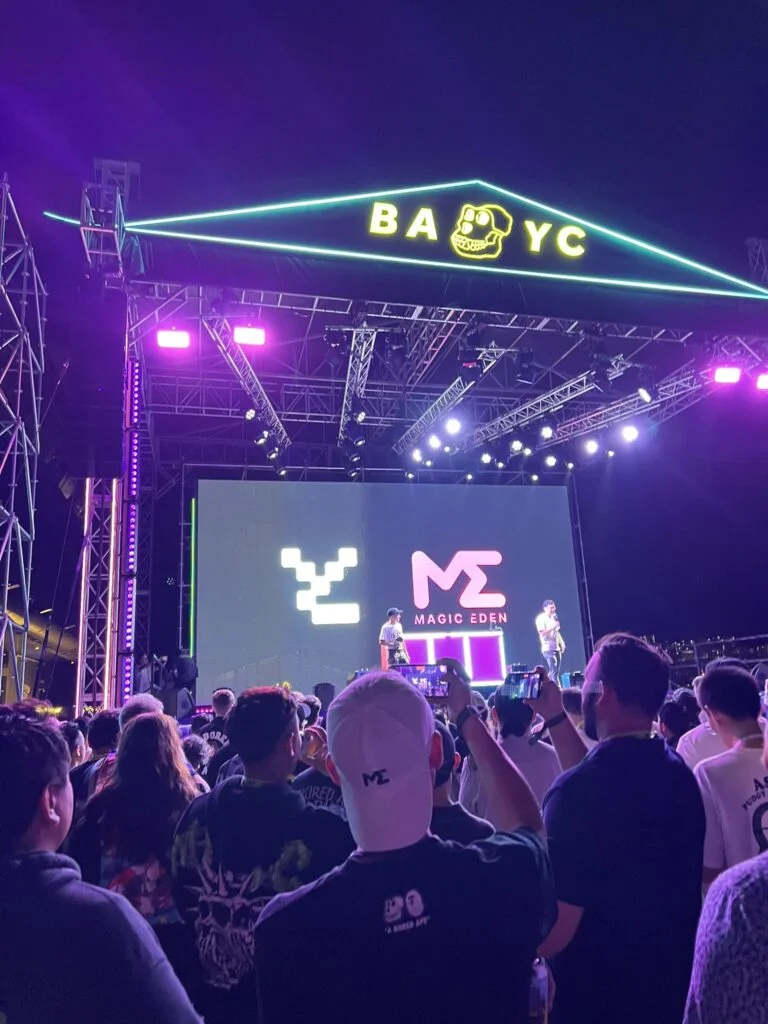Many attendees who reported eye problems were those who were “up close” to the lighting display on the main stage of the event, according to one attendee.

The attendees of an ApeFest event hosted by Yuga Labs in Hong Kong on November 4 have reported experiencing burns, impaired vision, and “extreme pain” in their eyes. These adverse effects are reportedly the result of improper lighting conditions.
“Woke up in the middle of the night after ApeFest with so much pain in my eyes that I had to go to the hospital,” one attendee, CryptoJune, wrote on November 5 X (Twitter).
“Doctor told me it was due to the UV from stage lights,” they added. “I go to festivals often but have never experienced this. I try to understand how it could happen… it seems like the lamps [were] not safe.”
Many attendees who reported eye problems were those who were “up close” to the lighting display on the main stage of the event, according to one attendee.

Another ApeFest attendee, identified on X under the alias Feld, reported experiencing the same symptoms.
“Anyone else’s eyes burning from last night? Woke up at 3am with extreme pain and ended up in the ER.”
At least fifteen accounts of vision impairment among the numerous ApeFest attendees have surfaced on social media platforms, indicating that the apprehensions were confined to attendees in close proximity to the stage illumination.
Prior to this, partygoers in Hong Kong have encountered health complications after being exposed to inadequate UV illumination at an event.
Several guests at a party hosted by the streetwear brand HypeBeast on October 20, 2017, reported suffering severe burns and eye damage.
On October 26, the events’ DJ disclosed that the contractor responsible for establishing illumination at the party had utilized a set of Philips TUV 30W G30 T8 light bulbs. Philips’ website specifies that these bulbs emanate 12 watts of UV-C radiation, which is primarily employed for surface disinfection.
The vision impairments reported in both instances correspond to photokeratitis, which is also referred to as “Welder’s eye.”
Prolonged exposure to high levels of ultraviolet (UV) radiation, predominantly originating from artificial sources like welding lamps but also including natural sunlight that reflects off dazzling surfaces like snow (hence the name snow blindness), induces the condition.
